If you spend much time on the internet, you are probably aware that a math problem from Singapore is in the news. It challenges readers to determine Cheryl’s birthday based on an impossibly small set of clues.
In a report, the New York Times compared this problem to that of the “color-changing dress that blew out the neural circuits of the internet.” The story’s headline: “A Math Problem from Singapore Goes Viral.” Wow. The world’s response to the “Cheryl’s Birthday question” has inundated my “Singapore Math” Twitter feed. The problem: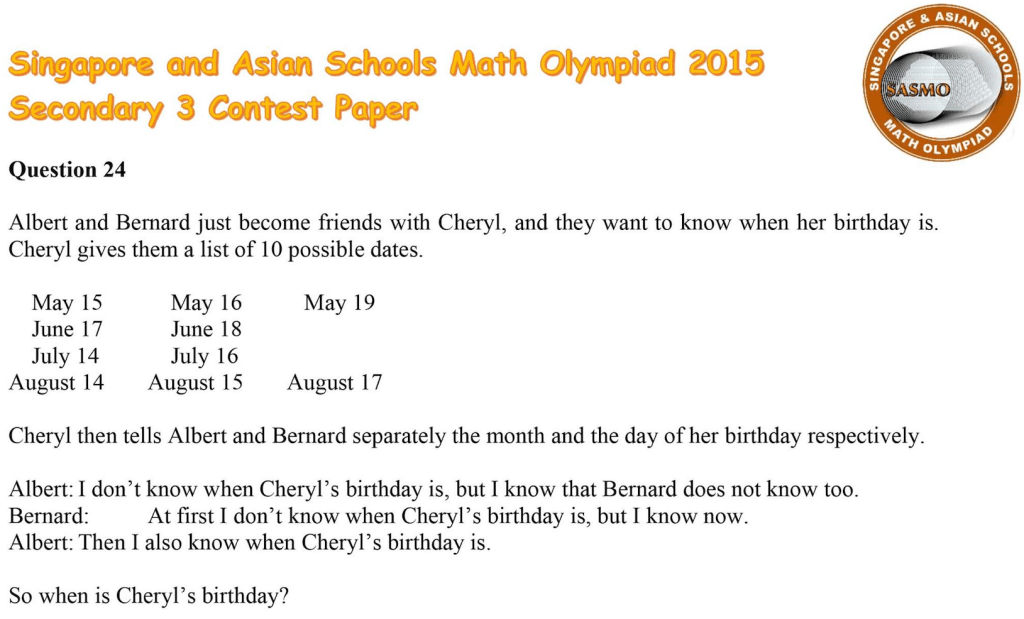
Are you smarter than a ten 14-year old?
Some initial reports suggested that this “Singapore Math” problem was appropriate for primary grade students. The Guardian initially asked: “Are you smarter than a Singaporean ten-year old?” Fortunately, the true source emerged rather quickly. This problem was part of a Math Olympiad challenge that organizers thought could be answered by only 40% of the most gifted high school students. This prompted the Guardian to instead ask: “Are you smarter than a Singaporean 14-year old?”
As we now know, this is not really a problem asked in any classroom using a Singapore Math curriculum. In fact, it isn’t really a math problem; instead, it is a logic problem. And a really challenging one at that.
Many of those who commented said something to the effect that, “it made my brain hurt.” Others chose to rant about Cheryl; this was the approach of the New Yorker in its Daily Cartoon for April 16. [Need help with the problem? See “How to Figure Out Cheryl’s Birthday” by New York Times science writer Kenneth Chang.]
In the midst of all the noise, there were a few responses that offered some clarity.
In a video clip, the Globe and Mail said that the problem, “tapped a nerve…our math phobia.” John Mighton, founder of Jump Math says that this is a universal problem.
I KNOW that math anxiety is a reality, and one that I address in almost every encounter with teachers and parents.
Why Singapore’s students are so good at math
But most insightful of all may be the assessment of Libby Nelson of Vox.com. Early in her piece, she says:
But the problem isn’t nonsense: it’s actually a test of logical reasoning skills. And questions like these help explain how Singapore’s students have come to rank as some of the best problem-solvers in the world — by being taught math differently, and well.
A 2005 study from the American Institutes for Research praised Singapore’s method of teaching math, saying it was much better than the American method. On reason was that word problems and real-world examples were used not just to show students that math is important outside the classroom, but to illustrate how math works.
This brings to mind my favorite quote about Singapore’s approach to teaching math from Dr. Yeap Ban Har:
We’re not teaching math, we’re teaching thinking through the medium of math.
Nelson discusses how Singapore’s students acquire problem-solving skills and become so good at math before asking whether Singapore’s methods can work in the U.S.
After working with more than 100 schools using Singapore’s Math curriculum, I know the answer to Nelson’s last question is an unqualified “YES.”
Ready for Another Problem?
The Singapore and Asian Schools Math Olympiads (SASMO), creators of the Cheryl’s Birthday problem, have posted a new challenge. It also features Cheryl, this time with new pal Tom. Can you figure this one out?
The problem and solution are on SASMO’s Facebook page.
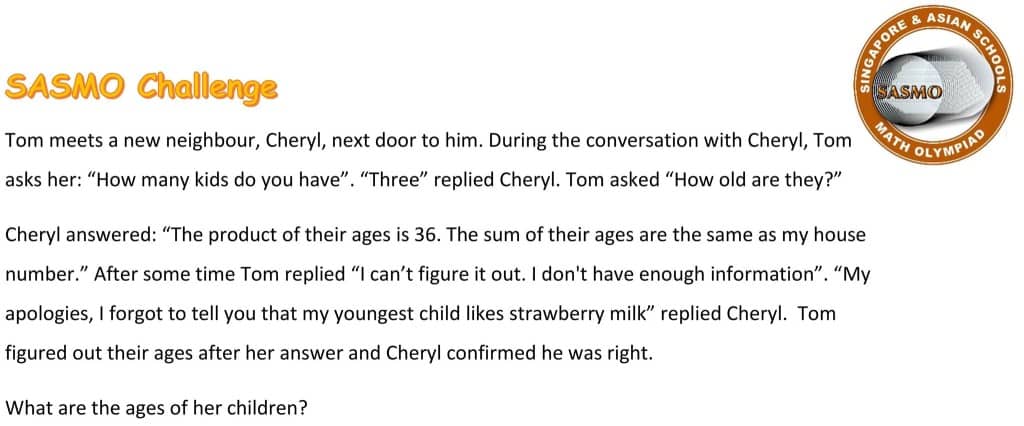

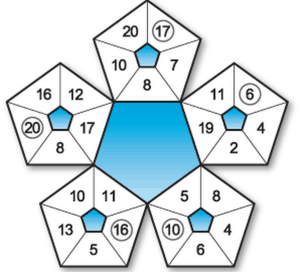
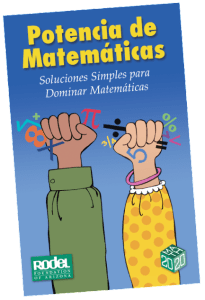
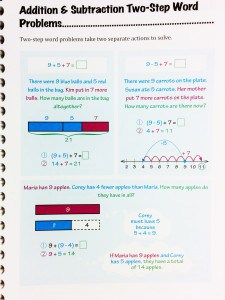


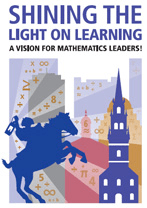
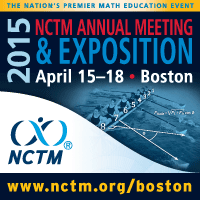 2015 NCSM Annual Conference – April 13-15, 2015
2015 NCSM Annual Conference – April 13-15, 2015

















